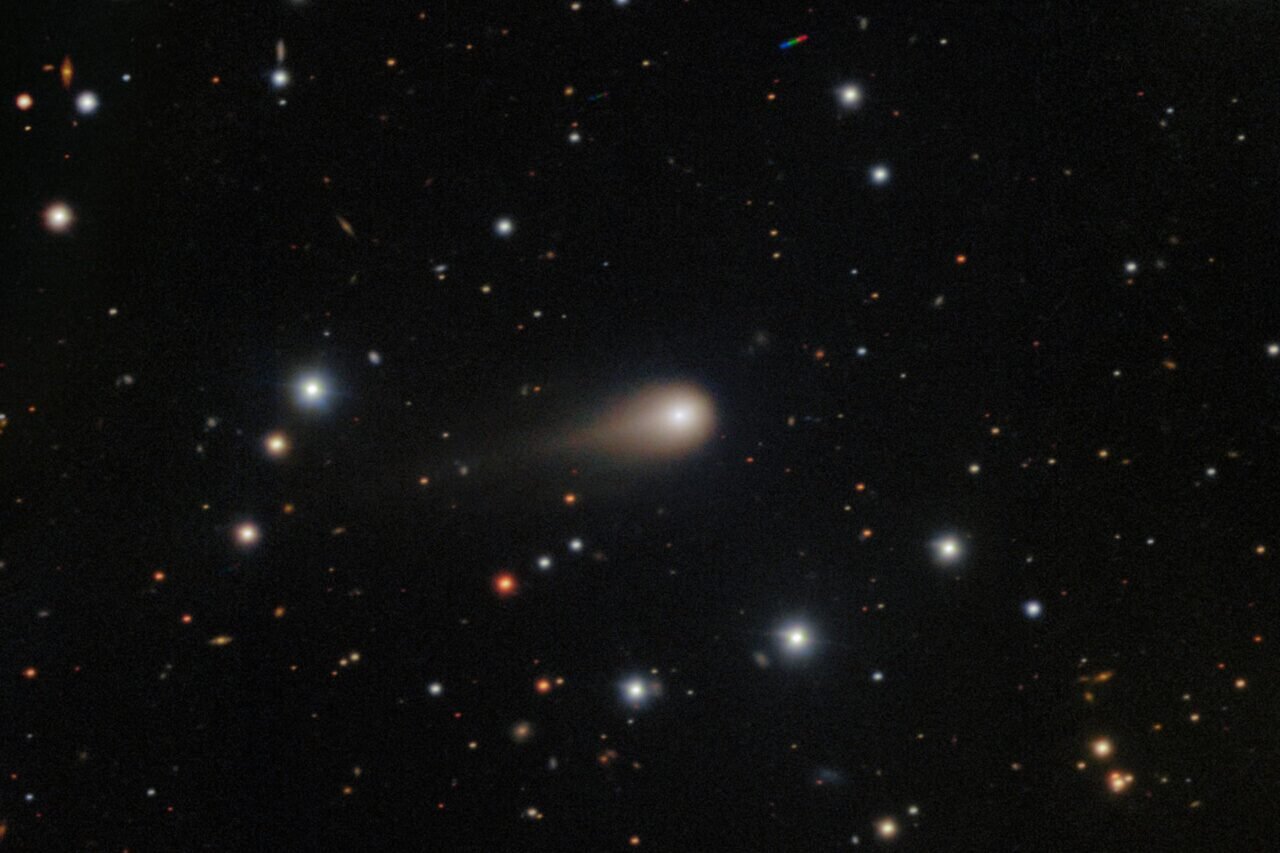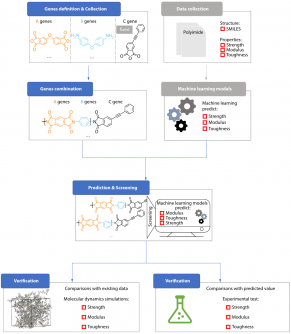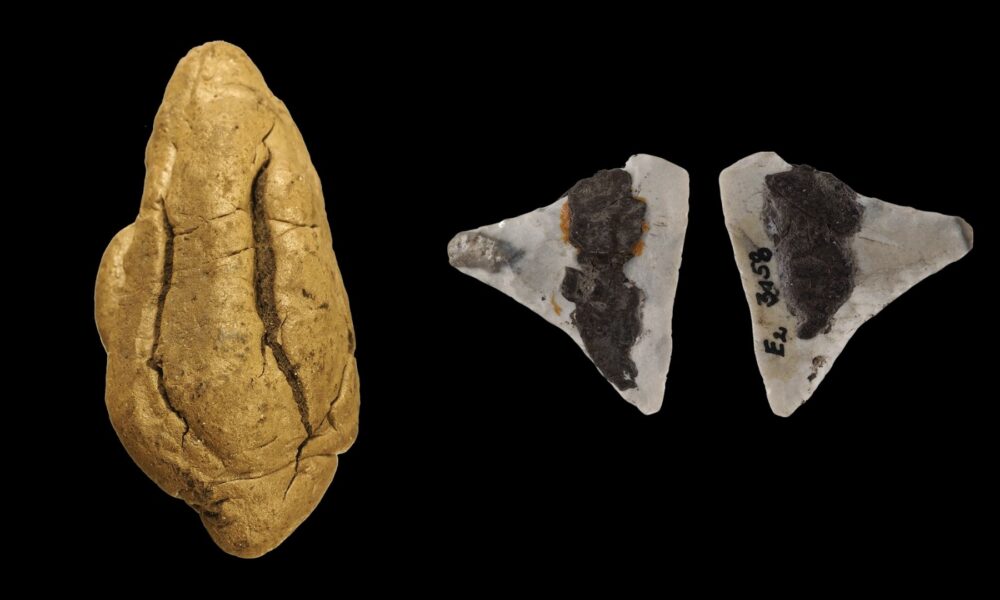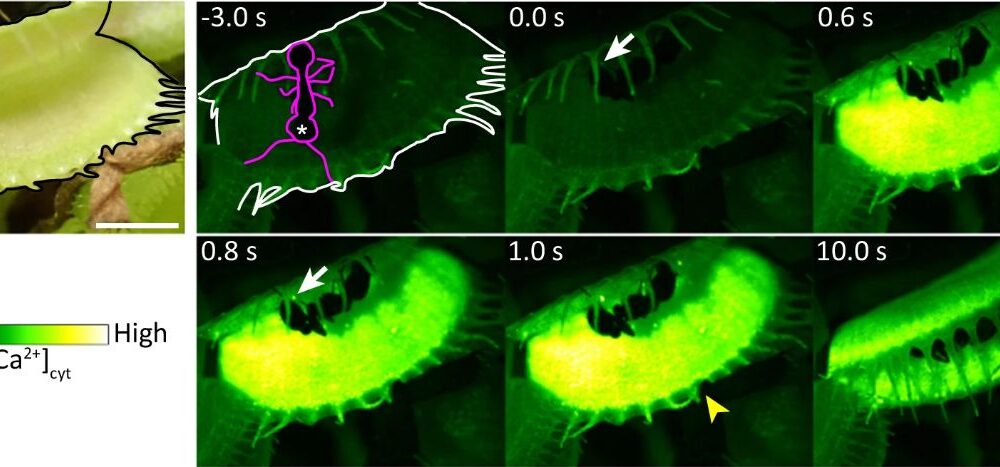Interstellar comet 3I/ATLAS reached its perihelion, the closest point to the Sun, on Wednesday, marking a significant moment in its journey through our solar system. This celestial body, which has not been visible from Earth since September, has been monitored by space-based observatories that tracked its approach. As it neared the Sun, the intense heat caused the comet’s icy surface to rapidly convert from solid to gas, creating a glowing cloud known as a coma and producing a visible tail.
Comets like 3I/ATLAS provide rare opportunities for scientists to study the composition of other solar systems. Astronomers are particularly focused on this comet during its perihelion because the gases and dust released from its nucleus can reveal valuable information about its makeup. Observations from NASA’s and the European Space Agency’s STEREO-A and SOHO observatories, along with data from NASA’s GOES-19 satellite, are expected to yield new insights about this extraordinary interstellar object, which is only the third of its kind ever detected.
Understanding 3I/ATLAS’s Brightness
At perihelion, 3I/ATLAS brightened to approximately magnitude 9, which would make it detectable with a standard backyard telescope if it were visible from Earth. Researchers Qicheng Zhang of Lowell Observatory and Karl Battams of the U.S. Naval Research Laboratory noted that the comet appeared “distinctly bluer than the Sun.” This coloration aligns with the gas emissions that contributed to its brightness as it reached perihelion.
Interestingly, the comet brightened significantly faster than comets originating from the Oort Cloud, a theoretical region filled with icy bodies beyond the Kuiper Belt. In their research, Zhang and Battams discuss potential reasons for the rapid brightness increase. They suggest that unique properties of the comet’s nucleus—such as its composition, shape, or structure—could explain this phenomenon. These characteristics may have been influenced by its original star system or developed during its extensive interstellar journey.
Future Observations and Findings
As 3I/ATLAS continues its trajectory away from the inner solar system, astronomers anticipate a brief opportunity to observe it again in late November or early December, with its closest approach to Earth expected around December 19, 2023. After this period, the comet will gradually fade from view as it moves further into space. Nevertheless, future spacecraft missions, such as NASA’s Psyche mission and the Lucy mission to Jupiter’s Trojan asteroids, may still capture data on the comet, potentially offering further clues about its origins and characteristics.
Preliminary findings indicate that 3I/ATLAS possesses one of the highest carbon dioxide to water ratios observed in any comet, hinting at its unusual nature. Researchers are eager to analyze the data collected during perihelion to uncover more about this remarkable interstellar traveler. As scientists sift through this information, it is likely that 3I/ATLAS will continue to reveal surprises, enhancing our understanding of the cosmos and the building blocks of solar systems beyond our own.







